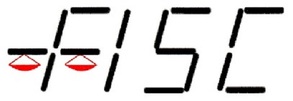Original blog re-posted from Intelligent Weighing Technologies
Can be found here:
**Click to follow link**
“I often see linearity quoted as part of a balance or scale specification, but what does it mean to me?”
Balances and scales are very precise instruments and like all instruments, they perform within stated parameters. Other examples of these parameters will be dealt with in other sections, but for now we will concentrate on Linearity.
Basically, linearity is a deviation (or no deviation) from a straight line. If we draw a graph with weight at one side and displayed value on the other, a purely linear balance would show a straight 45° line from the zero point, right up to full capacity. Each time the load increases, the displayed value increases at the exact same rate, thus giving the straight line. See Fig. 1. (Please note that the errors in the graphs used below are exaggerated to provide clarity).
Balances and scales are very precise instruments and like all instruments, they perform within stated parameters. Other examples of these parameters will be dealt with in other sections, but for now we will concentrate on Linearity.
Basically, linearity is a deviation (or no deviation) from a straight line. If we draw a graph with weight at one side and displayed value on the other, a purely linear balance would show a straight 45° line from the zero point, right up to full capacity. Each time the load increases, the displayed value increases at the exact same rate, thus giving the straight line. See Fig. 1. (Please note that the errors in the graphs used below are exaggerated to provide clarity).
Balances and scales are very precise instruments and like all instruments, they perform within stated parameters. Other examples of these parameters will be dealt with in other sections, but for now we will concentrate on Linearity.
Basically, linearity is a deviation (or no deviation) from a straight line. If we draw a graph with weight at one side and displayed value on the other, a purely linear balance would show a straight 45° line from the zero point, right up to full capacity. Each time the load increases, the displayed value increases at the exact same rate, thus giving the straight line. See Fig. 1. (Please note that the errors in the graphs used below are exaggerated to provide clarity).
Basically, linearity is a deviation (or no deviation) from a straight line. If we draw a graph with weight at one side and displayed value on the other, a purely linear balance would show a straight 45° line from the zero point, right up to full capacity. Each time the load increases, the displayed value increases at the exact same rate, thus giving the straight line. See Fig. 1. (Please note that the errors in the graphs used below are exaggerated to provide clarity).
In Fig. 2. We see an example of the allowed linearity of an analytical balance of 200 g with an allowable linearity of ± 0.0002 g. This example shows the error allowed around the “perfect” linearity. The green shaded area represents the permissible error allowed.
In Fig. 3. We show the typical linearity of a 200 g balance, with a slight positive error (0.0001 g) below 100 g and a slight negative error over 100 g of 0.0002 g. This balance is just within specification.
In Fig. 4. We see a balance that is just outside the tolerance allowed, as the curve of the displayed value exceeds the ±0.0002 g permissible error.
Manufacturers and scale dealers have the ability to correct errors in linearization by adjusting the balance with test weights at regular intervals of the capacity. This is not calibration, that can be performed with a single weight, provided of course that the balance has been correctly linearized. Linearization should not be attempted without specialist knowledge and the correct test weights.
Richard Sharpe - Author
Intelligent Weighing Systems
Richard Sharpe - Author
Intelligent Weighing Systems

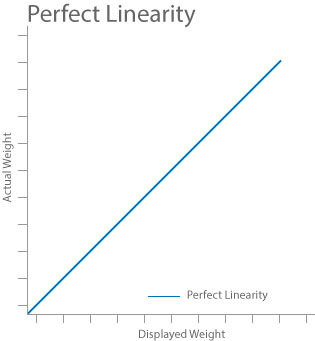
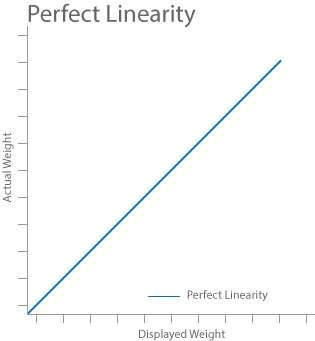
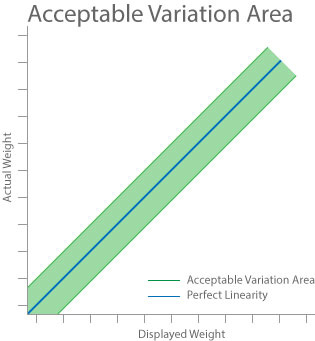
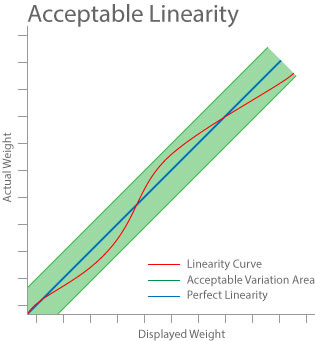
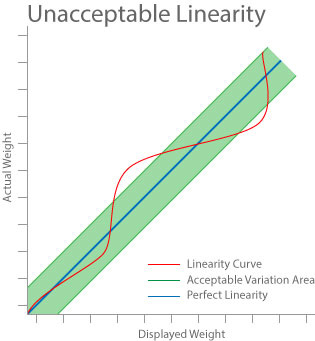
 RSS Feed
RSS Feed
